High Quality Thyme For Sale
ACPFOOD is where you can buy Wild Thyme. Since we purchase high quality products directly from farmers, we provide and sell bulk Thymus Serpyllum with the best quality to wholesalers, manufacturers and retailers and you can buy it from us with the best price.
Thymus vulgaris Wholesaler, Supplier and Exporter
To order Thyme, please contact us.
About Thymus Spp
The Thymus plant has many stems, which are very branched and relatively narrow. Younger stems are usually pink in color and covered with white hairs. But the older stems are woody. The leaves of the Thymus plant are small and elongated and grow oppositely with very short petioles. The edge of the leaves is turned outwards and these leaves have a pleasant aroma and a hot taste.
The flowers are small, pale pink and whitish, and each flower has four rounded seeds. These flowers grow in clusters on its branches and are very fragrant. Thymus seed is very small. The root of the Thymus plant is straight and branched.
Thymus Chemical Constituents
Dried leaves and flower tops yield 1-2.5% of a volatile oil, 25-40% of which is constituted by thymol. Minor quantities of carvacrol, p-cymene, lborneol, linalool, etc., occur in the oil along with thymol. The leaves also contain gums, resins and tannins.
Thyme Temperament
Very hot and dry
Thyme Health Benefits
- Eat Thyme’s fresh leaves as a vegetable with food. It is very useful, strengthens the stomach, and is beneficial for strengthening the eyesight.
- Eating 10 grams of pounded Thyme mixed with honey and hot water is useful for treating paralysis and Parkinson, relieving forgetfulness, treating epilepsy, strengthening the kidneys and sexual power.
- Brew 15 to 25 grams of dried Thyme in one liter of boiling water and drink 5 to 6 cups of it gradually every day. Pulmonary infections, recurrent coughs, pertussis, asthma or shortness of breath, colds, bronchitis, catarrh, angina, headaches caused by nervousness or indigestion, and treatment of severe half-head headache or migraine, relieves stuttering, relieves indigestion and heaviness of stomach, stomach ache and inflammation of intestines, carminative, treats skin diseases, nerve pain, nervous convulsions or fasciculation, liver disorders, diarrhea and purulent discharge of urine and menstruation. It is useful for treating hiccups, urine intermittency, crushing bladder stones and relieving uterine pain, it is astringent and tonic, it strengthens the heart, it is refreshing, it increases intelligence and perception, it increases urine, menstruation secretions, sweat and milk, relieves intestinal cramps, is anti-fungal and parasitic and facilitates the removal of the fetus and choroid, and is useful for the treatment of alopecia. It is useful for relieving herpes, relieving anxiety and relieving sciatica pain.
- Brew twenty to thirty grams of flowering stems in a liter of boiling water for twelve minutes, strain and sweeten and drink four to five cups of it a day in turn. It relieves fatigue, and if you drink it after daily meals, it relieves anorexia after illness, recover and if you drink a cup of it before going to bed, it cures insomnia.
- Chew it in your mouth. Eliminates bad breath.
- Soak 10 grams of its fresh leaves in half a liter of alcohol for three weeks, then add half of its amount water and gargle with that alcohol every day and continue to gargle three times a day. Treats tonsillitis and no longer needs surgery.
- Patients with rheumatism can pour 500 grams of it in a plastic bag and put it in some water and boil it for 15 minutes, then pour its water in a tub full of water with a temperature of 35 to 40 and rest in it for 20 minutes. Then immediately dry themselves and put on warm clothes and get out of the bathroom and sleep in bed and cover themselves with warm quilt to sweat well. This action is healing for them.
- Boil it and compress the painful limbs with its decoction. Treats sprained limbs and muscles.
- Brew 50 grams of flowering stem in a liter of boiling water for twelve minutes and dip a cloth or cotton in it 3 times a day and put it on herpes, it cures it.
- Cut its fresh leaves and cook it in a closed container without water, then wrap its cooked leaves in a gauze or a clean cloth and cover it on the organ while it is hot. It is useful for treating phlegm diseases and chest pain and relieves neck pain and joint pain.
- Rub its concentrated decoction on the head. It destroys the head lice, strengthens the hair follicles and stops hair loss.
- Its suppository is effective for scenting the uterus.
Thyme Side Effects
Excessive consumption of it weakens the heart muscle and causes ringing in the ears and dizziness.
Thyme flowers Health Benefits
Brew 20 to 30 grams of it in a liter of boiling water, then strain and drink it. It is invigorating, expectorant, emmenagogue, analgesic, anticonvulsant and mildly sudorific, strengthens the stomach, treats bloating and indigestion, if someone has diarrhea or intestinal disorders, it eliminates its side effects.

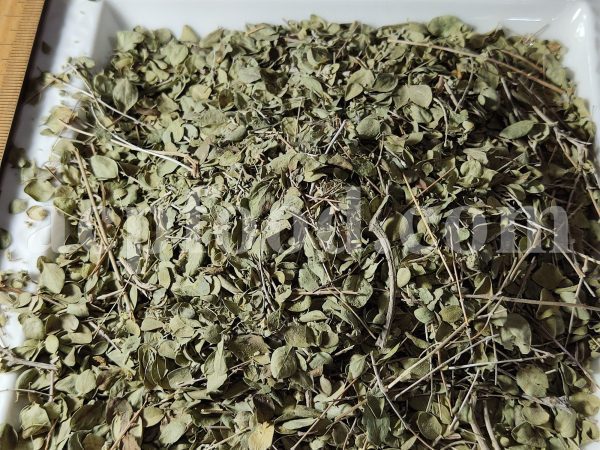
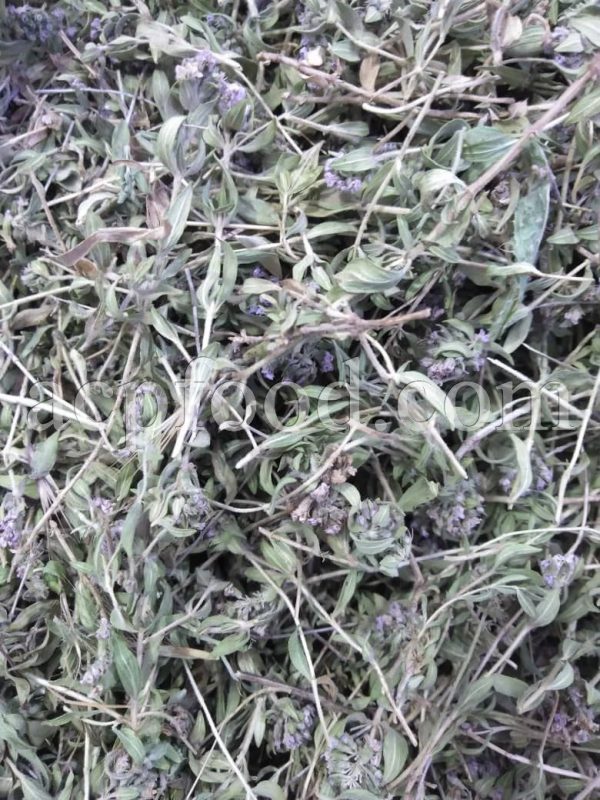

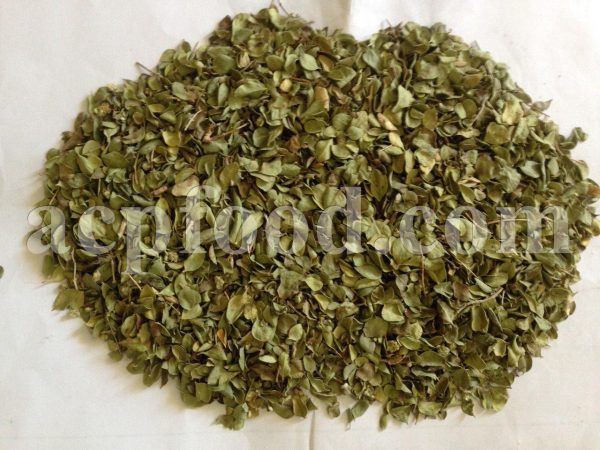

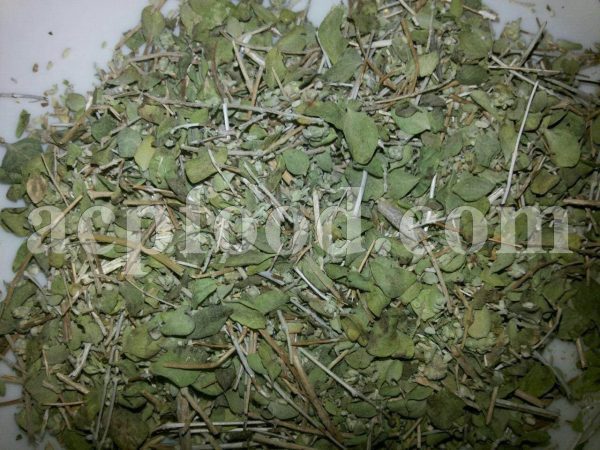
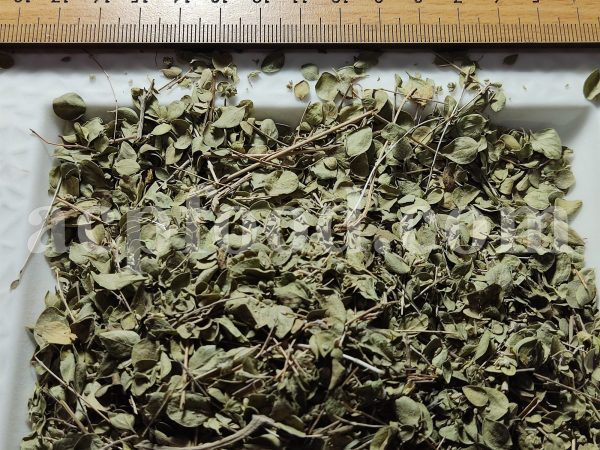
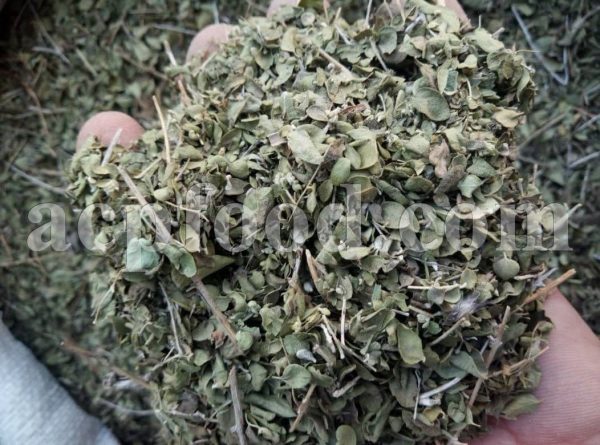


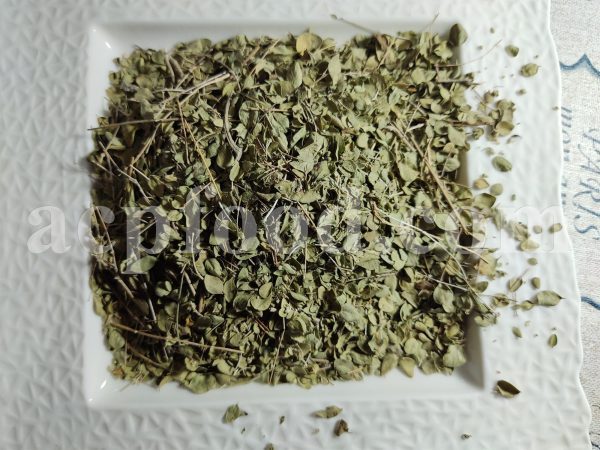
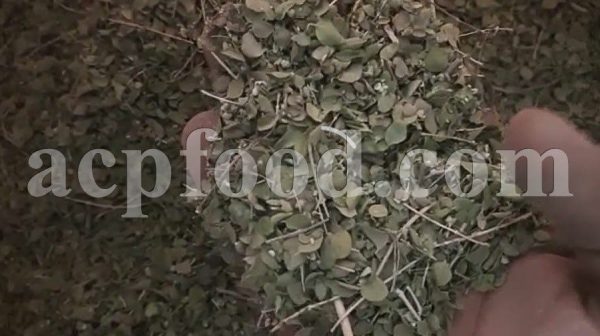
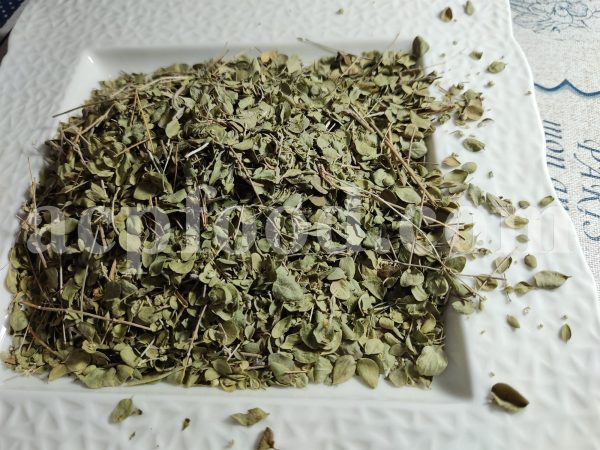

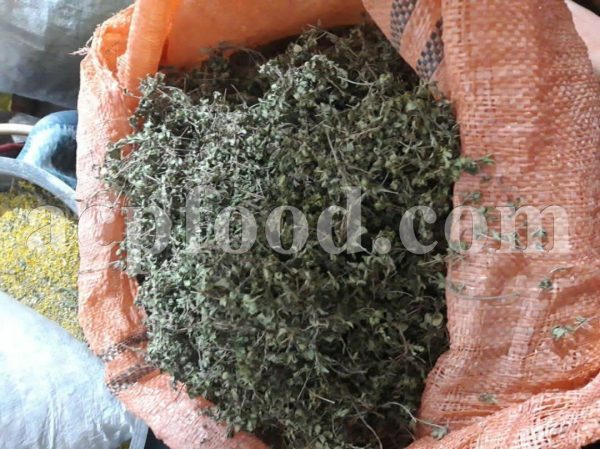
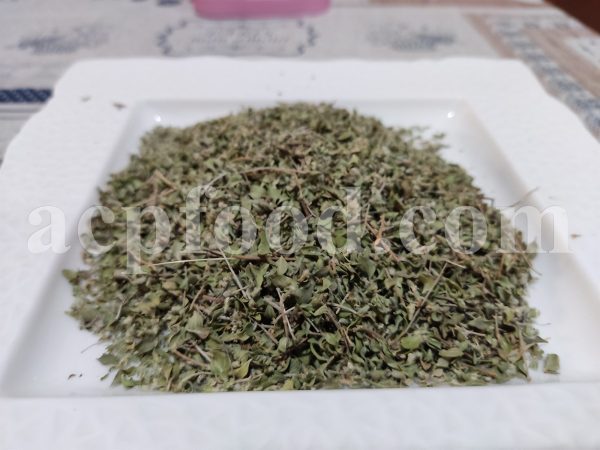



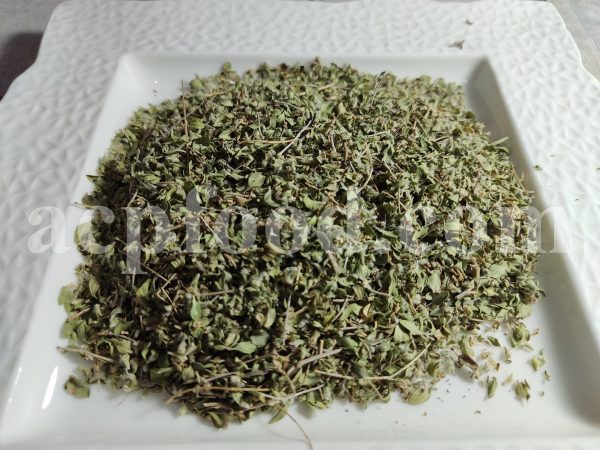


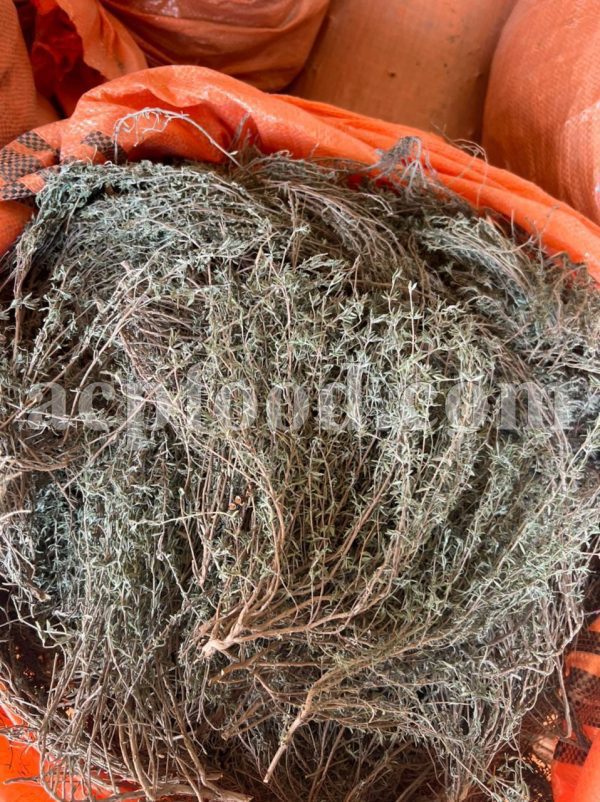
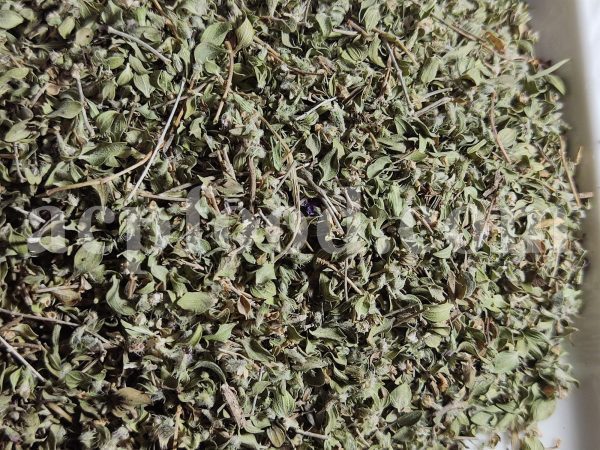
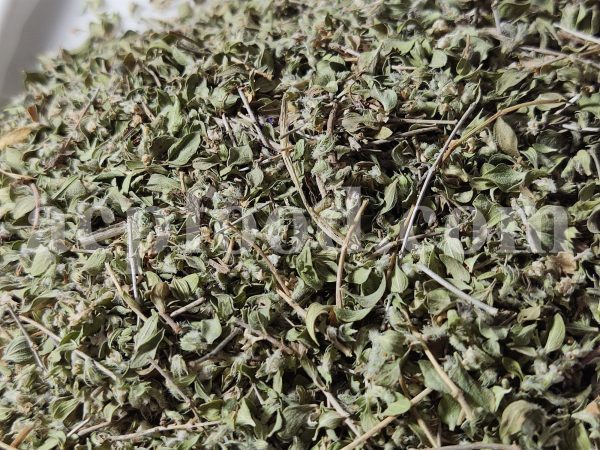

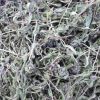
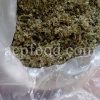
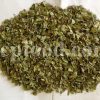
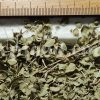
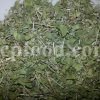
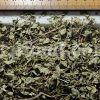


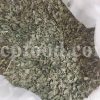
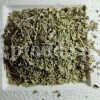
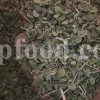
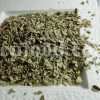

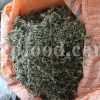
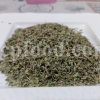


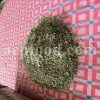
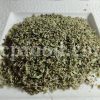
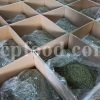
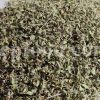
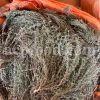
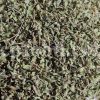
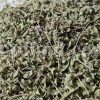
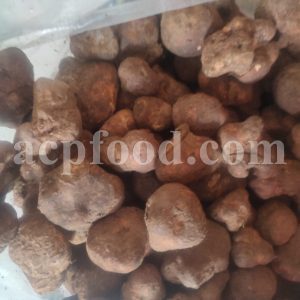

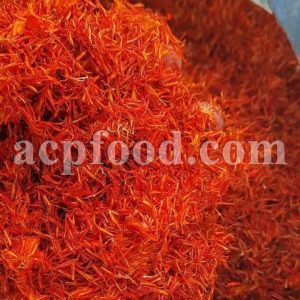
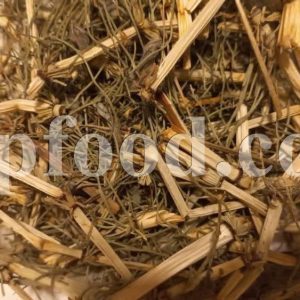
Reviews
There are no reviews yet.